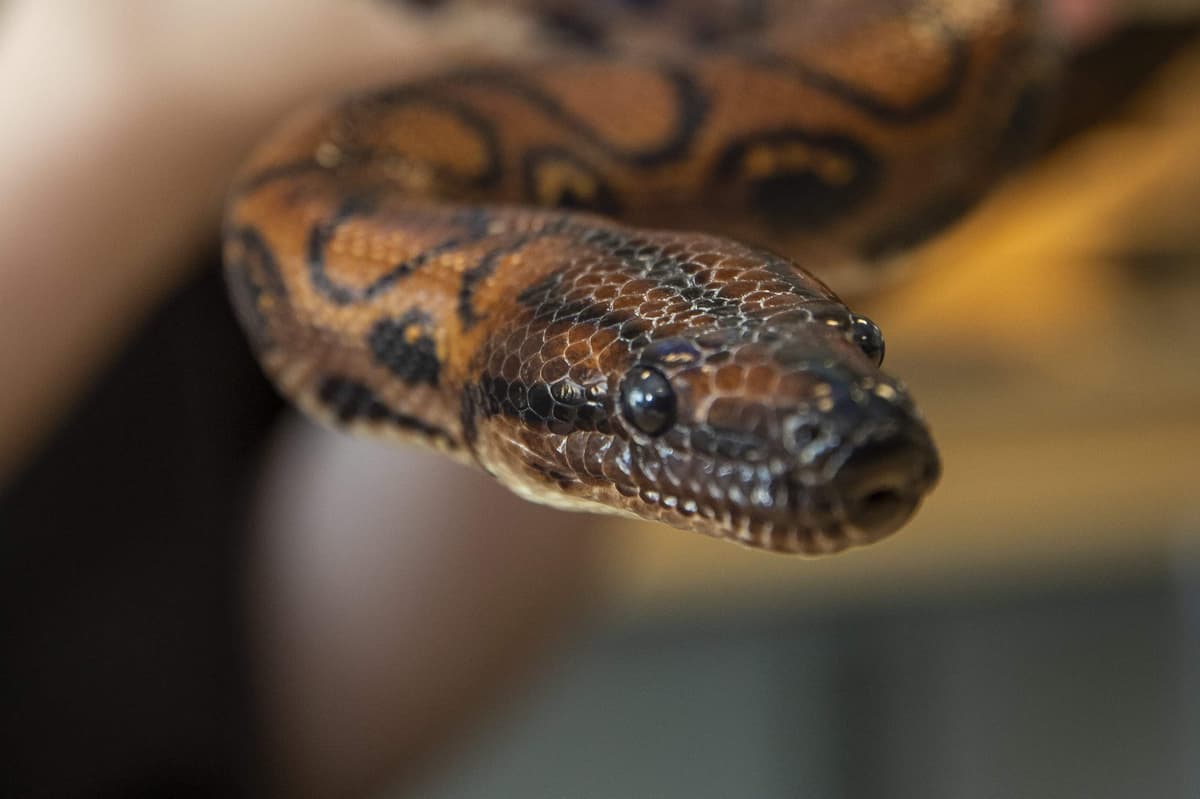An increase in sightings of a venomous snake have led to warnings being made to keep an eye out.
Sightings have been reported a lot around the south of England, with Wales and Cornwall especially seeing more of the snakes than in recent years in 2025.
One of the poisonous snakes was seen slithering around on a mountain in Wales last week (Wednesday May 14) by a hiker who was walking on the Blorenge mountain, in Monmouthshire.
The extra sightings have even led to the South Wales Police force issuing a statement, urging dog walkers to keep their pets on leads to keep them safe after they said they had seen a rise in Adder sightings in the area.
Another snake was spotted in Anglesey last month, while another walker spotted an Adder slithering in tall grass near St Ives in Cornwall.
But how scared should we be? And are there any in London? Here’s all we know:
Adders are the UK’s only form of venomous snake in the UK, but they are also known to be especially shy.
They do not tend to approach humans or pets, instead they will often hide or play dead, but if they bite they can cause damage.
They are often found in basking in long grassy areas and can live up to 15 years and measure up to 80 cm in length.
Experts say that, on the whole, the risk from Adders is low because of how secretive and shy they are.
The Wildlife Trusts said: “The Adder is the UK’s only venomous snake but its venom is generally of little danger to humans.
“An adder bite can be painful and cause inflammation, but is really only dangerous to the very young, ill or old.
“If bitten, medical attention should be sought immediately.
“Adders are secretive animals and prefer to slither off into the undergrowth rather than confront and bite humans and domestic animals – most attacks happen when they are trodden on or picked up.
“Instead, they use their venom to immobilise and kill their prey of small mammals, nestlings and lizards.”
Are there adders in London?
The experts found that Greater London has a low number of adder populations compared with many counties, especially in the south and west of England, but they do exist – living in “woodland edges, grasslands and particularly heathland habitats or brownfield sites where they look for their favoured rodent prey.”
According to the London Wildlife Trust, they are mainly found in Hounslow Heath.
The Adders normally hibernate in winter, in time for a spring resurgence, which explains why more are being seen around the country now. Males usually emerge in March to slough their skin and wrestle for mating rights with females who appear 30 days later.
